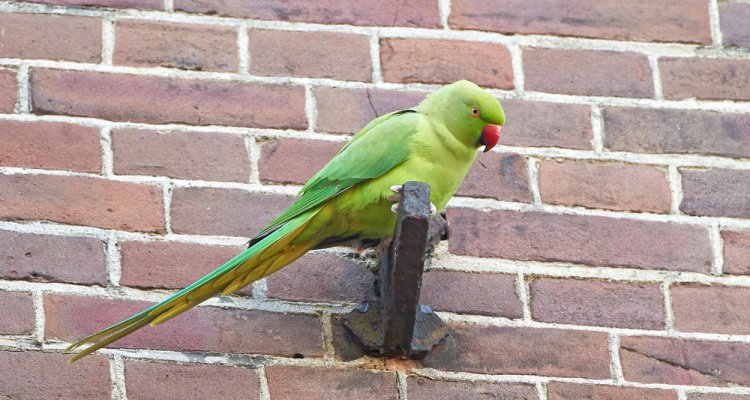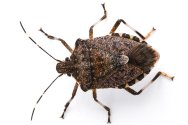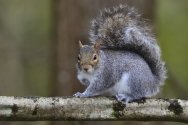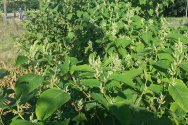
Dossier
Exotic species in the Netherlands
Exotic species, also known as alien or introduced species, are animals, plants, fungi or micro-organisms imported through human activity into an area where they do not originally occur, but where they proceed to thrive. Species which were introduced to the Netherlands before the year 1500, such as the rabbit, the pheasant and the mute swan, do not count and are considered indigenous.
Exotic species are sometimes introduced deliberately. An example is the multicoloured Asian ladybird, released in Europe 20 years ago to combat aphids. Pheasants and fallow deer were once released as hunting game. And every year hundreds of turtles and pond perch are released into Dutch watercourses when their owners have had enough of them.
But a lot of species get introduced by accident. Sometimes pets or ornamental animals escape from captivity, as did the Egyptian goose, the Pallas’s squirrel and the Italian crested newt. Marine creatures such as the Chinese mitten crab are brought in with ballast water from ships; the tiger mosquito hitches a ride on tropical plants. And since a canal was dug between the Rhine and Danube 20 years ago, fish species from the Danube watershed, such as the round goby and the money goby, have been able to reach our waters.
There is another category of newcomers that we do not count as exotic: species such as the great egret, whose habitat is shifting as a result of climate change. They are counted in the same category as the lynx, wildcat, wolf and perhaps the golden jackal: animals that settle here of their own accord.
Species monitoring through eDNA
With the help of environmental DNA (eDNA), researchers can demonstrate the presence of animal species, for example based on water samples.
Publications
-
Monitoring contaminants in Lac Bay water samples by applying passive samplers : A combination of target and non-target screening approach
IJmuiden: Wageningen Marine Research (Wageningen Marine Research report C002/25) -
Exploring the Role of Team Oriented HRM in Promoting Teamwork of Teachers
Journal of Education Human Resources (2025) - ISSN 2562-783X -
L’ORA – A Living One Health Risk Assessment tool to assess the incursion risk of zoonotic diseases.
EFSA Supporting Publications (2025), Volume: 22, Issue: 1 - ISSN 2397-8325 -
Voorkomen en gedrag van glasaal bij gemaal Katwijk : Een merk-terugvangst experiment naar de vispassage effectiviteit van de viskoker bij gemaal Katwijk in het voorjaar van 2024
IJmuiden: Wageningen Marine Research (Wageningen Marine Research rapport C004/25) -
Growing green ideas: Sustainability in academic education
-
Economische impact van een verbod op drie sierteeltplanten
Wageningen: Wageningen Social & Economic Research (Rapport / Wageningen Social & Economic Research 2025-024) -
Cocoa sector development in Ethiopia : Potential for impact and provisional road map
Wageningen: Stichting Wageningen Research Ethiopia (RAISE-FS-working paper # 015) -
Improving future fish consumption : A case study on developing fish products for preschool children
Aquaculture Reports (2025), Volume: 40 - ISSN 2352-5134 -
FutureFoodS Food systems observatory (WP5)
-
Good modelling practice for model collaboration : white paper
Wageningen: Wageningen Plant Research (Report / Stichting Wageningen Research, Wageningen Plant Research, Business Unit Agrosystems Research WPR-1399)




